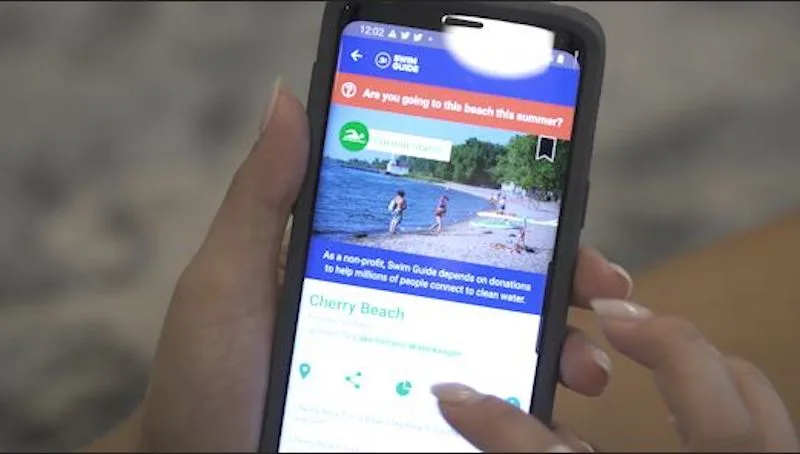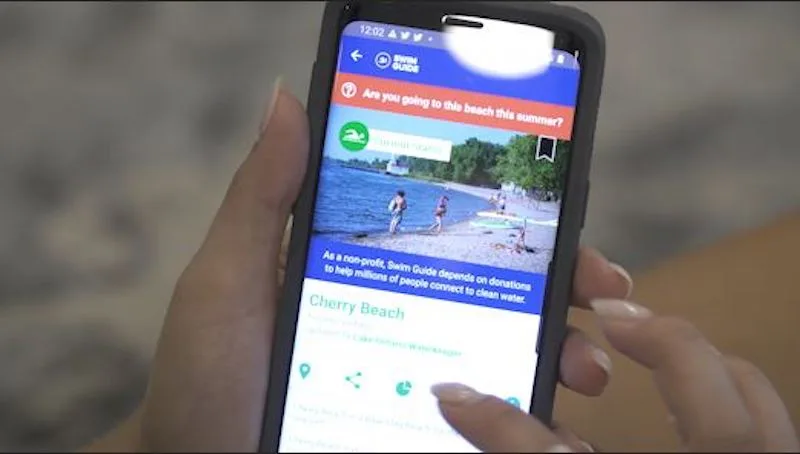
Is your local beach safe to swim at? There's an app for that
With more people staycationing, local beaches have become the place to be, but are they safe to swim at?
People have been left with few travel options this summer, with COVID-19 restrictions limiting journeys abroad.
That means local beaches are filling the need to get away and beat the heat. But not every beach is safe to swim in and many of them are not open.
So how do you know which ones are? There’s an app for that. Enter Swim Guide - a free app offered in 11 countries that has information on approximately 8,000 beaches.
“Safety and access are the two big issues. We want to be safe but we also want to provide people with access to water because it's so important to public health,” said Mark Mattson, president of Swim Drink Fish, the creators of the Swim Guide app.
Beaches are given a rating reflected in the colour of the icon next to their name.
“There's a lot of information that goes into whether the water is safe for swimming but one of the factors is bacteria and E. coli. By measuring that, we're able to give the different colours: red means don't go in. Green means go and yellow means special circumstances,” said Mattson.

A grey icon means there isn’t enough data to say anything about the water quality.
“When it comes to recreational water and bacteria, it really changes like the weather. It can change every day, which is why you need to do regular sampling and build an understanding of the water quality in the area. Those colours are the best,” he added.
You will be able to access other information like which beaches are closest to you, weather information, and other customized data, including whether a lifeguard is present, how to get there, and where to park.
Swim Drink Fish, along with one hundred other affiliates, takes samples of the water regularly to ensure the data is up to date.
“Toronto, for example, samples every day. It's world-class and it provides really up-to-date information. A lot of other cities, public health sometimes does once a week, some do once a month. Which really affects our colours and our decision as to whether or not people should swim there,” said Mattson.
They’re constantly testing new places that aren’t currently monitored.
“We're trying to find places for the future that might be great for the community to connect with water,” he added.











